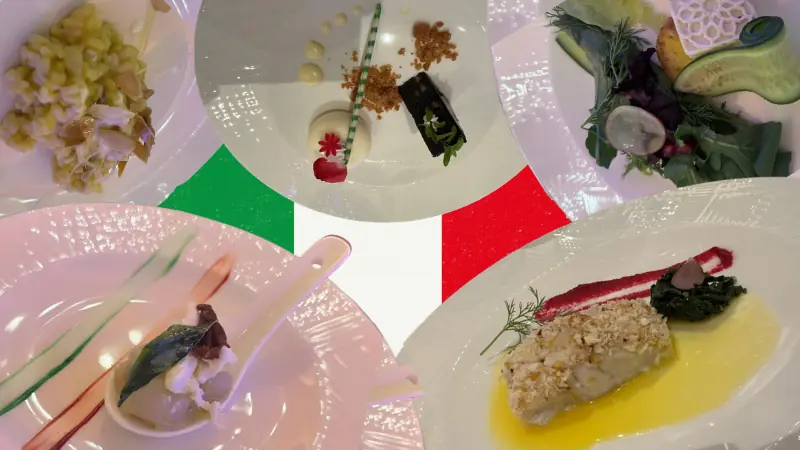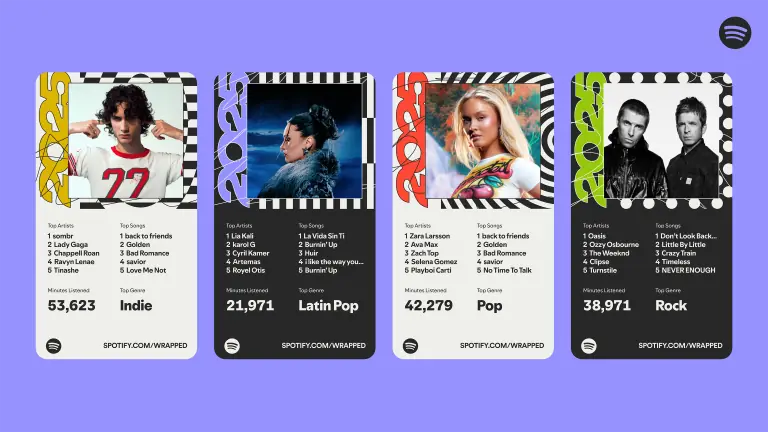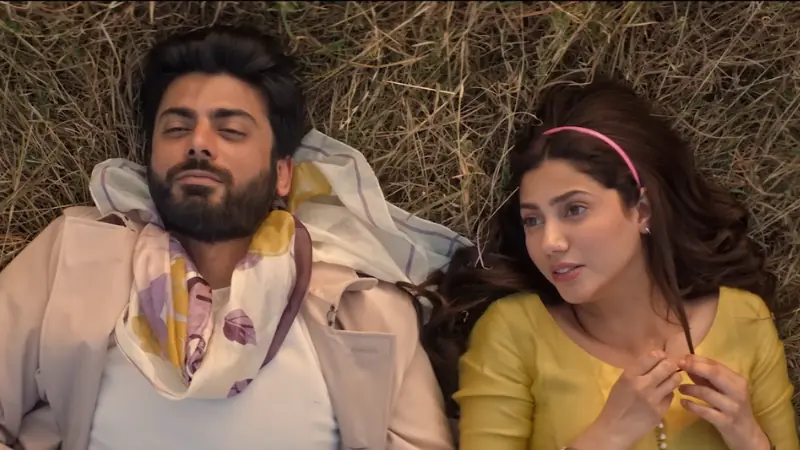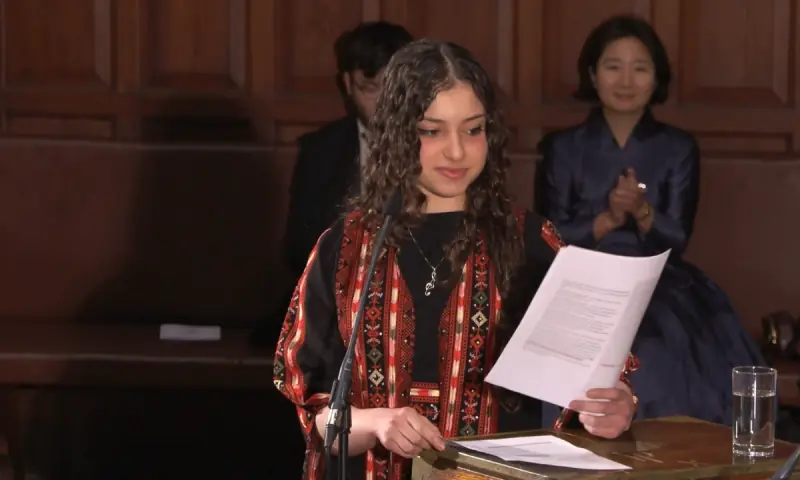This Karachi artist is making sure you remember the real stories of the Gujjar Nullah residents
Just as the first rays of sunlight illuminated the morning sky, the call for morning prayers signalled the last sip of water and the last bite of food for residents of Karachi’s Gujjar Nullah until sunset. Little did they know how soon fear and terror would replace the slow, languishing wait of Ramazan days.
The Supreme Court-sanctioned demolition campaign along the Gujjar and Orangi nullahs saw the NDMA and Sindh government removing ‘encroachments’ along the storm water drains. The demolition began in February 2021 and as of today, at least 6,600 houses have met the jackhammer, leaving at least 66,500 people homeless in the wake of the sudden destruction.
On June 10, a solo show by Zahabia Khozema, Kya Yeh Taraqqi Hai? Tumharey Liye Ya Humarey Liye, opened at VM Art Gallery, shedding light on the devastation that completely incapacitated the lives of the Gujjar Nullah residents forever.
After finishing her BA in Mass Communication from the University of Karachi and a BFA from the Indus Valley School of Art and Architecture, Khozema now works at the VM Art Gallery and independently as a visual artist. As an avid organiser with the Karachi Bachao Tehreek and an active part of the Progressive Students Federation, Khozema’s visual work exists in that unique intersection of art and activism that is both supremely engaging and important. In this first solo show, Khozema utilises diverse literary and visual mediums such as poetry, narration, photography, film, printmaking and installation. In doing so, she examines Karachi’s public policies and, specifically, the demolition in Kauser Niazi Colony along the Gujjar Nullah in an impressively holistic and nuanced way.
Curated in a dimly lit gallery and illuminated by pale yellow halos of light, the works attract and repel one another to create a ruinous and rather morose environment. This gloom is amplified by the largely dull colour palette that ties the show together.

Large-scale, mixed media works, At the Nullah I and II, gape at their viewers, drawing them into their battered landscapes resembling landfill sites turned into temporary settlements. Arbitrary shapes appear almost as pale, two-dimensional buildings sharing walls, suffocating one another as they recede into the background to make space for the nullah in the foreground.

Khozema’s enigmatic screen prints, What Remains I, II, III and IV, use the sharp contrast between red and white to create images of disintegration. Largely linear and devoid of tonalities, the works are stripped bare to depict the fragmentation of Kauser Niazi Colony, once a lively brick and steel residential area reduced to wooden anchors and thick plastic sheets doubling as ceilings, walls and curtains.
As the name suggests, what remains of the lives of the area’s residents conversely also speak volumes of the unimaginable losses they have survived — another instance of lives being completely uprooted and displaced in Pakistan’s long and tragic history of partition and fragmentation. A gallery-goer ruefully commented that “as a person who’s not aware of these mediums and techniques, I found these particular works devastatingly intense. Their collaborative nature is very evident and dispelled my suspicions about the show being insensitive and distant from the crux of the issue.”

Blown up and scaled down photography works studded the show as testament to Khozema’s direct involvement with the residents of the Kauser Niazi Colony and as proof of the devastation that has torn apart the chest of the Gujjar Nullah settlements.

Khozema herself spoke about the deeply sensitive nature of the issue at the core of the show, saying, “I was very scared of making work about the issue since I consider myself to be in a position of privilege and I didn’t want to voyeuristically look upon the lives of the displaced people as an outsider and benefit off them. That’s why you’ll notice that there aren’t any people in the photos I’ve taken.”
She wanted instead, for the focus to be on the changing landscape, the visuality and materiality of the area. “I had to fight this fear of misrepresentation because I believe it’s very important for these conversations to happen in galleries, especially because most people believe these spaces belong to the elite.”

Residents of the colony also attended the show and spoke about the harrowing experience of their sudden displacement. They explained how, despite living in the area for decades and holding legal leases to their homes, their houses were struck down without any prior notice and without any opportunity to salvage their belongings. “We know very well who’s behind this cruelty. But we can’t say anything as we watch our homes fall to the ground. They only want to keep what’s visually beautiful but they don’t realise that our lives were also equally beautiful and deserving of safety,” said one of the residents.
They also spoke about how construction at the site in the name of ‘development’ is largely dangerous since, despite multiple requests, the authorities have not cordoned off the area properly, causing the death of an eight-year-old boy and seven others.

In response to research conducted by NED University’s Infrastructure Engineering and Development Department, the government began the demolition of the Gujjar Nullah settlements to expand rainwater and sewage drains and to construct new roads. Funded by the World Bank, the area was razed to the ground without provision of alternate housing. Only a few people received financial compensation, but even that was too modest in proportion to the losses suffered by the displaced residents.
Khozema’s work creates an environment for meaningful discourse to emerge and sheds light on the power politics that deplete the fabric of unsustainable development in Karachi.
The show continues till July 4, Monday to Saturday, 11am to 7pm at VM Art Gallery.











